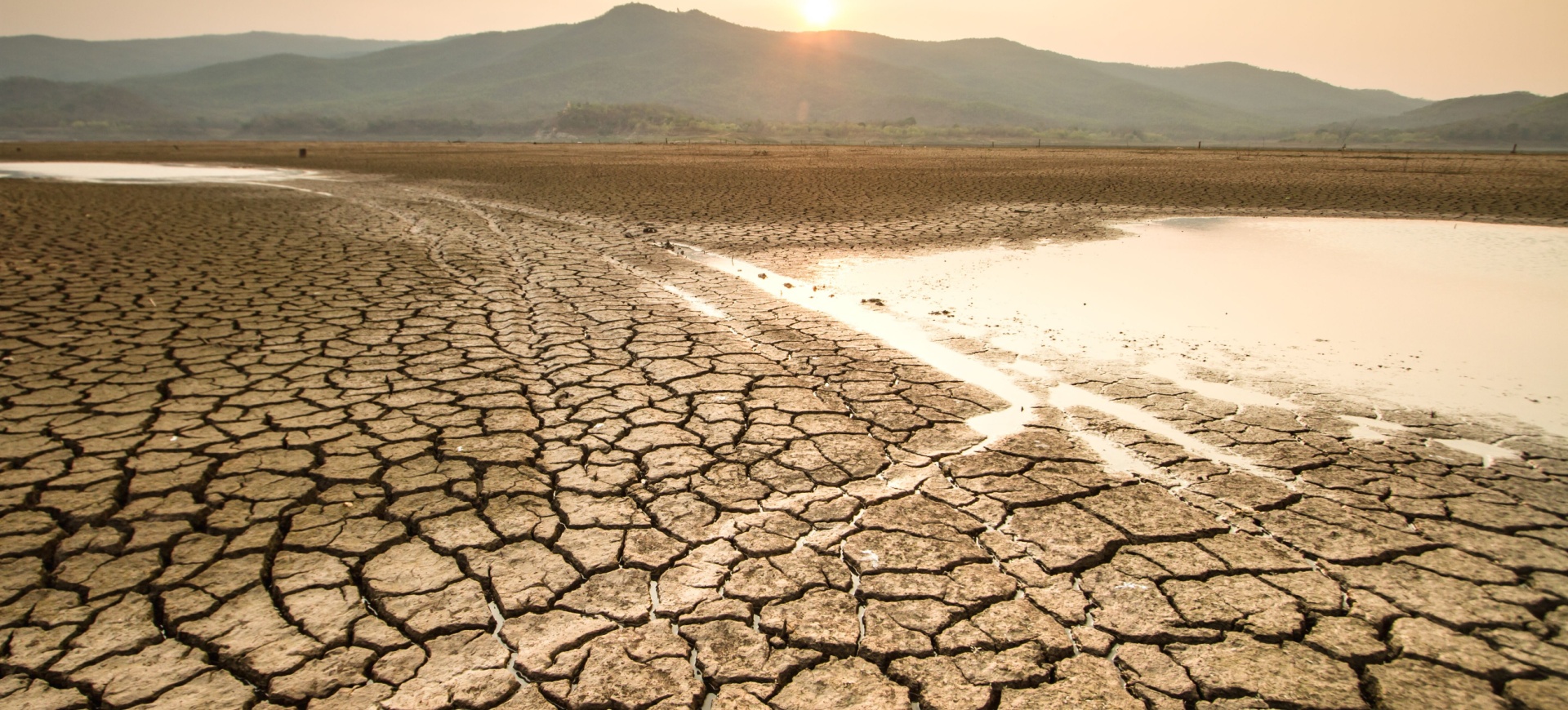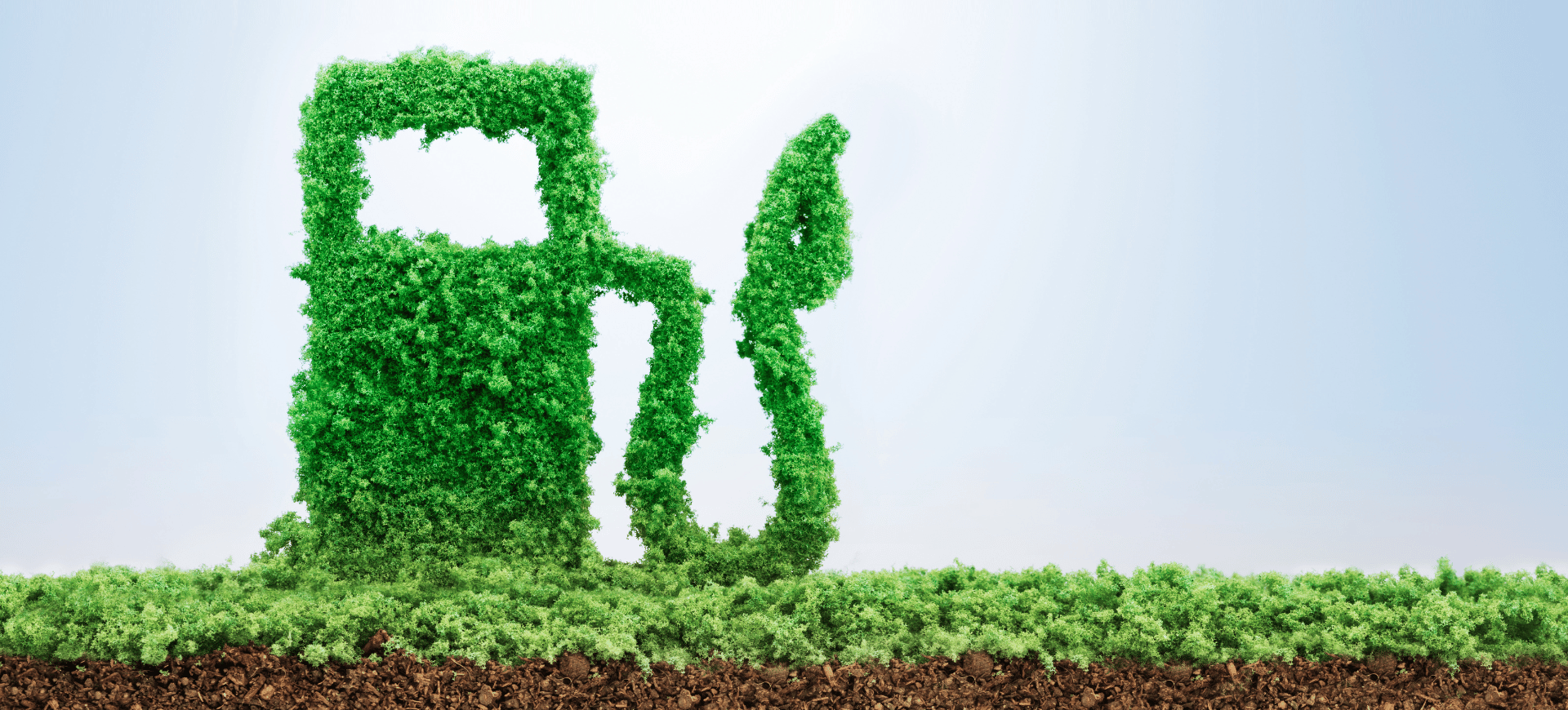Optimising Water in Cities: Policies and Technologies for Combating Urban Water Security
A brief examination of water—stressed cities across the world reveals a growing list of cities of all sizes that are facing water issues, from South America to China.
Cities are increasingly facing water stress due to a combination of environmental, demographic, and infrastructural factors. Rising global temperatures and changing precipitation patterns are exacerbating droughts and reducing freshwater availability. Cities in arid and semi-arid regions are particularly vulnerable, as prolonged dry periods strain limited water resources.
Meanwhile, the global urban population is growing rapidly, with millions moving to cities annually. This surge in population increases demand for water for domestic, industrial, and agricultural use, often outpacing the supply capacity of existing infrastructure.
Poor planning and inefficient water use are further compounding the problem. Many cities rely heavily on a single water source, leaving them vulnerable to shortages. Additionally, aging infrastructure results in significant water losses through leaks.
Pollution of rivers, lakes, and groundwater by industrial waste, agricultural runoff, and untreated sewage is further exacerbating the global water shortage problem, reducing the amount of clean water available in our cities. Over-extraction of groundwater for urban needs further depletes this critical resource, often faster than it can be replenished.
Water stress is also worsened by uneven distribution and access, often meaning marginalised communities bearing the brunt of shortages.
Addressing water stress requires sustainable planning, investment in resilient infrastructure, and global cooperation to adapt to changing climatic realities.
Policies and technologies
Urban areas worldwide are increasingly adopting innovative policies and technologies to combat water scarcity, with a renewed sense of urgency. Newspaper headlines share terrifying prospects of extreme water shortages, causing city authorities and federal departments to take decisive action.
For instance, Cyprus plans to enhance its reliance on desalination plants due to a series of arid winters that have significantly reduced dam water levels. The government aims to implement four additional mobile desalination units by October 2025, each providing 30,000 cubic meters of potable water daily, to address immediate shortages and ensure long-term water security.
In the United States, the northeastern region is experiencing historically dry conditions, prompting experts to advocate for major changes in water management. Proposed solutions include replenishing groundwater through permeable surfaces and injecting treated wastewater, encouraging water conservation via incentives, and reusing water for non-potable purposes like flushing toilets and cooling buildings. These measures aim to mitigate future water shortages exacerbated by climate change.
Similarly, California is facing significant challenges to its water supply due to prolonged droughts. In response, efforts are underway to develop and implement on-site water reuse systems — water recycling — to conserve and diversify water resources.
San Francisco’s Public Utilities Commission launched the Onsite Water Reuse Program in 2012 to facilitate this initiative. The programme has led to the development of permitting processes for private sectors to adopt these systems. With the goal of making water recycling more accessible and efficient, Silicon Valley startups like Epic Cleantec have emerged, offering solutions for large buildings and integrating energy-saving mechanisms.
These systems not only address water scarcity but also provide economic benefits to developers. However, retrofitting existing buildings remains a challenge due to infrastructure constraints. California’s agriculture sector, a heavy user of water, also benefits from recycled water, crucial for crop irrigation.
Public awareness campaigns and legislative support have been essential in promoting water conservation and the safe use of recycled water. These efforts are paving the way for stronger water infrastructure and sustainable water management in California.
Singapore
Singapore, the densely populated city-state in Southeast Asia, has historically grappled with significant water scarcity challenges due to limited natural freshwater resources and a growing urban population. It has imposed water rationing since the 1960s, but continued to face water stress, especially in light of the fact that it has no natural freshwater sources of its own. Even so, Singapore is successfully meeting the increasing water needs of its rapidly growing population and economy.
To address its water issues, Singapore has developed a comprehensive and innovative water management strategy known as the “Four National Taps,” which includes local catchment water, imported water, NE water (reclaimed water) and desalinated water.
The city—state now maximises rainwater collection by designating two-thirds of its land surface as water catchment areas. Rainwater is collected through an extensive stormwater drainage system and stored in reservoirs before treatment for potable use.
Historically, Singapore has imported water from Malaysia under long-term agreements. However, to reduce reliance on external sources, Singapore has diversified its water supply through other means.
NE Water — Reclaimed Water — for example, is an advanced wastewater treatment process which produces high-grade reclaimed water, branded as NEWater. This reclaimed water meets up to 40% of the nation’s current water demand and is used primarily for industrial purposes and reservoir augmentation.
And to further enhance water security, Singapore has invested in desalination plants that convert seawater into potable water, contributing significantly to the nation’s water supply.
These integrated approaches have enabled Singapore to achieve a robust and resilient water supply system, effectively mitigating the impacts of water scarcity and supporting sustainable urban development.
Mexico City
Mexico City could take a leaf from Singapore’s innovative approach. This mega—city, home to over 22 million residents in its metropolitan area, is grappling with a severe water crisis exacerbated by climate change and decades of unsustainable water management. Once abundant in freshwater lakes and rivers, the sprawling city now faces chronic shortages, leaving many residents with unreliable access to clean water.
A Perfect Storm of Challenges
The crisis stems from a combination of environmental and structural factors. Prolonged droughts, driven by changing weather patterns, have reduced rainfall, while increasing temperatures accelerate evaporation rates.
These climatic shifts significantly impact the aquifers beneath Mexico City, which supply 70% of the city’s water but are being depleted faster than they can recharge.
Urbanisation compounds the problem. As Mexico City expands, its concrete landscape prevents effective rainwater absorption, reducing natural aquifer replenishment. Meanwhile, aging infrastructure causes massive water losses, with leaks accounting for an estimated 40% of the city’s water supply.
Uneven Impacts and Coping Strategies
Water stress disproportionately affects marginalised communities. While wealthier neighbourhoods often have consistent access to water, low-income areas rely on infrequent and unpredictable deliveries from water trucks.
This inequality underscores the broader challenge of providing equitable water access across the city.
In response, residents and officials are adopting short-term solutions. Many households store water in tanks when supply is available, while local authorities ration water distribution. However, these measures provide only temporary relief.
Searching for Long-Term Solutions
Efforts are underway to address Mexico City’s water woes sustainably. Rainwater harvesting systems are being implemented in homes and schools to capture and store rain for domestic use. Wastewater recycling initiatives are also gaining traction, aiming to supplement freshwater sources.
Meanwhile, reforestation projects in the surrounding areas are being promoted to restore natural water cycles. Planting trees can help prevent erosion, improve soil absorption, and ultimately aid aquifer recharge.
Yet, these measures face significant obstacles. Political and financial constraints, combined with the sheer scale of the city’s water needs, make rapid progress difficult. Experts argue that a comprehensive approach, involving stricter water conservation policies and investments in infrastructure modernisation, is essential to prevent future crises.
Lessons for Global Cities
Mexico City’s water crisis is a stark reminder of the growing pressures urban centres face worldwide. As populations swell and climate change intensifies, cities must prioritise sustainable water management and invest in resilient infrastructure.
The situation in Mexico City demonstrates the urgent need for collective action, innovative technologies, and inclusive policies to ensure residents have access to a reliable water supply.
Without widespread adoption of such measures, the global urban water crisis will only worsen, jeopardising public health, economic stability and the future of the world’s cities.












